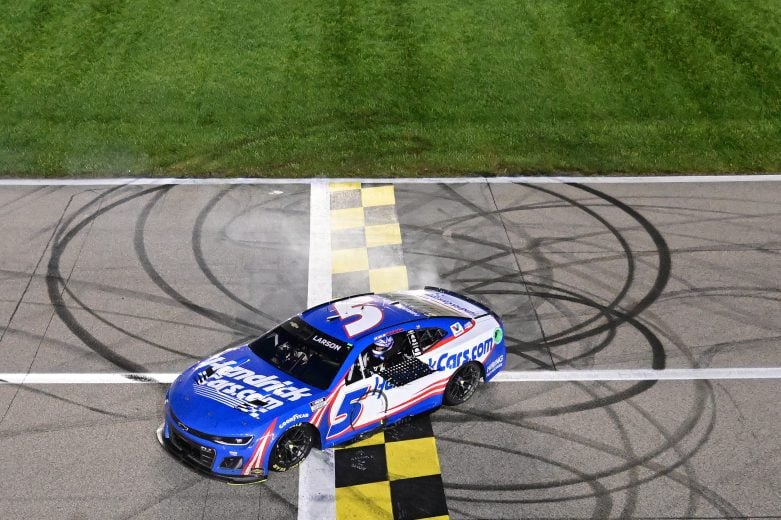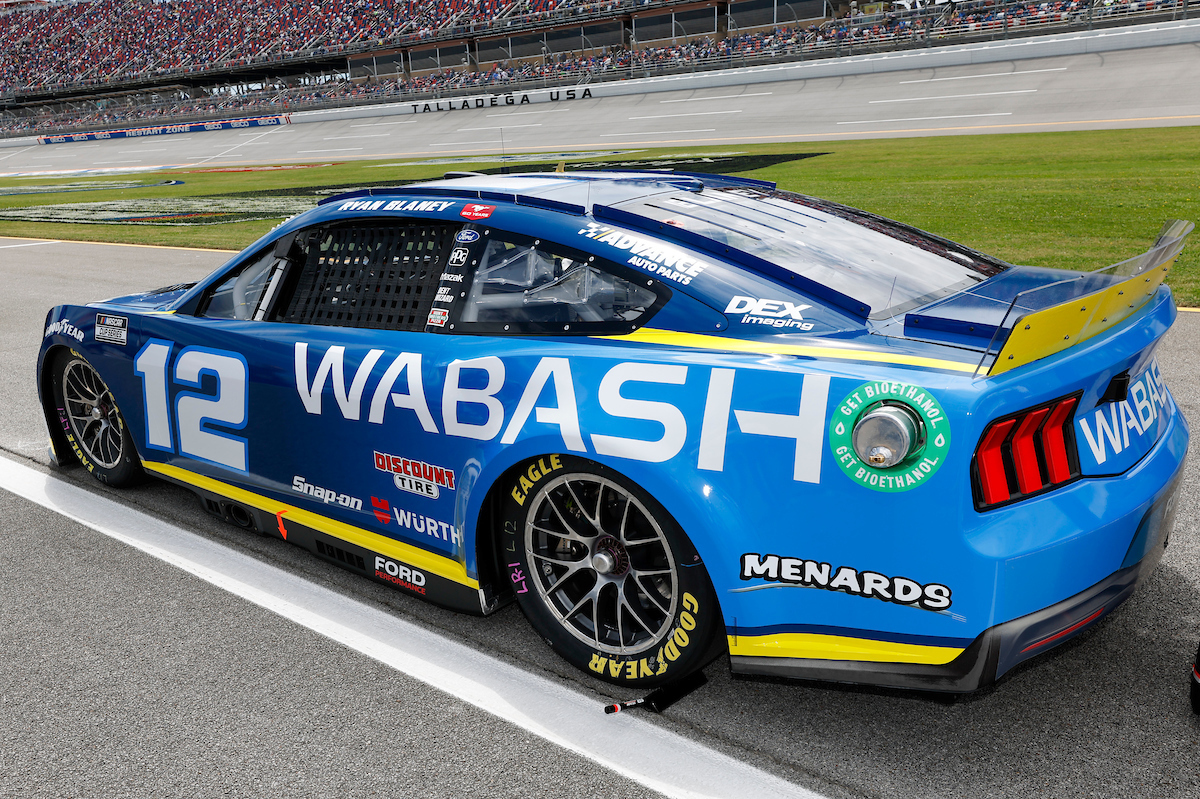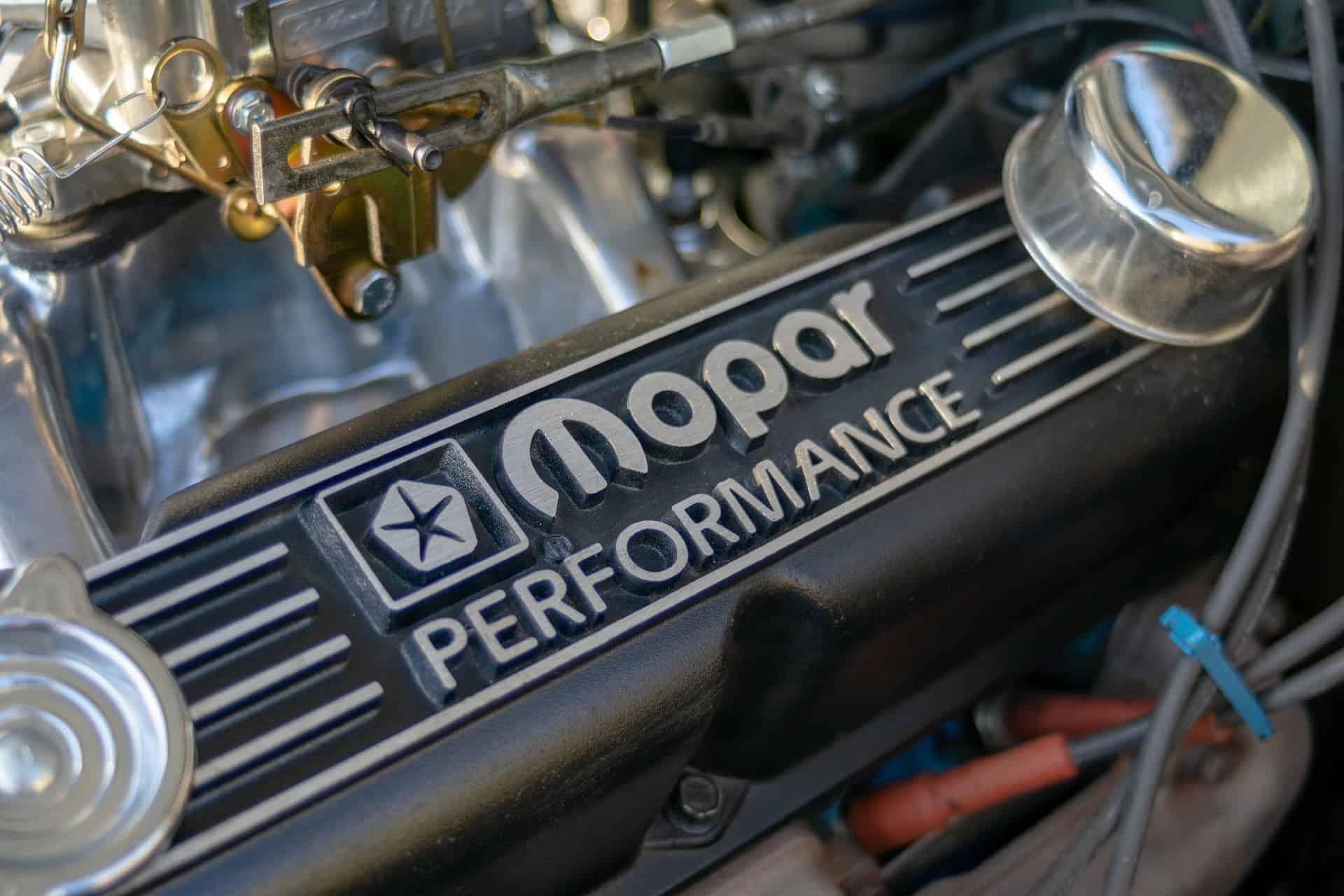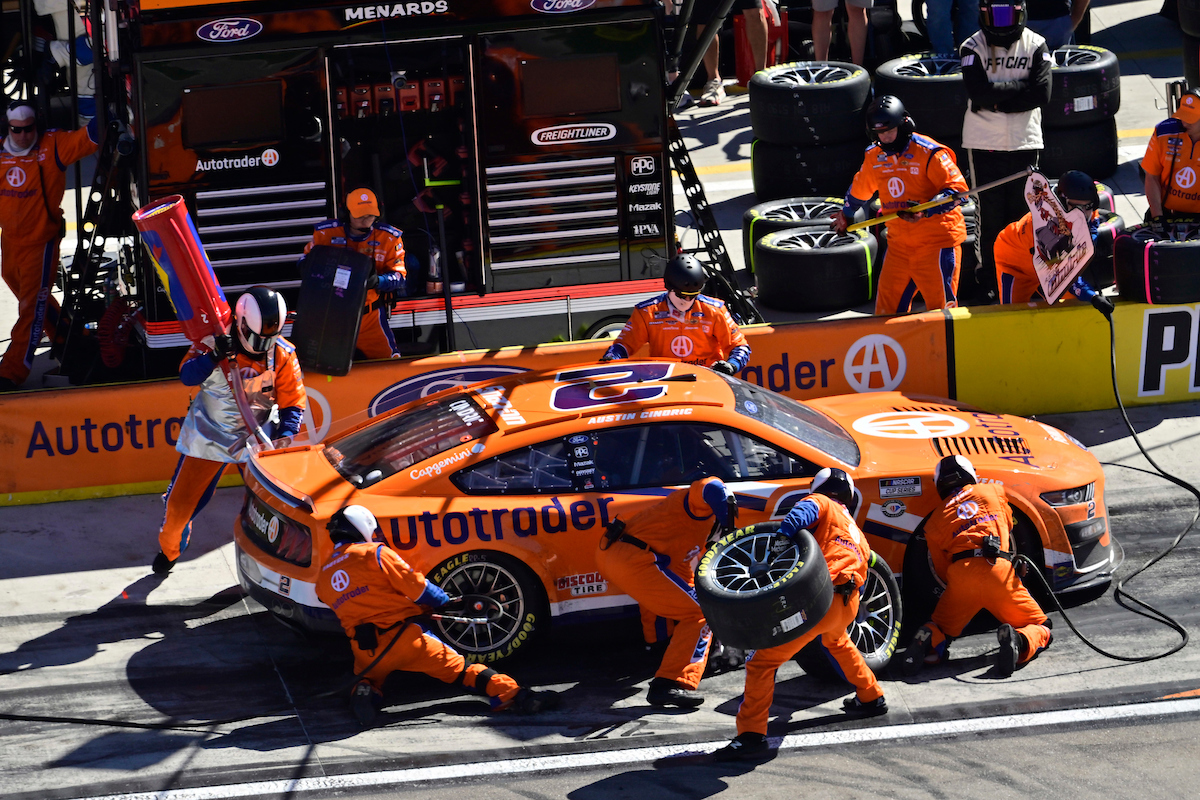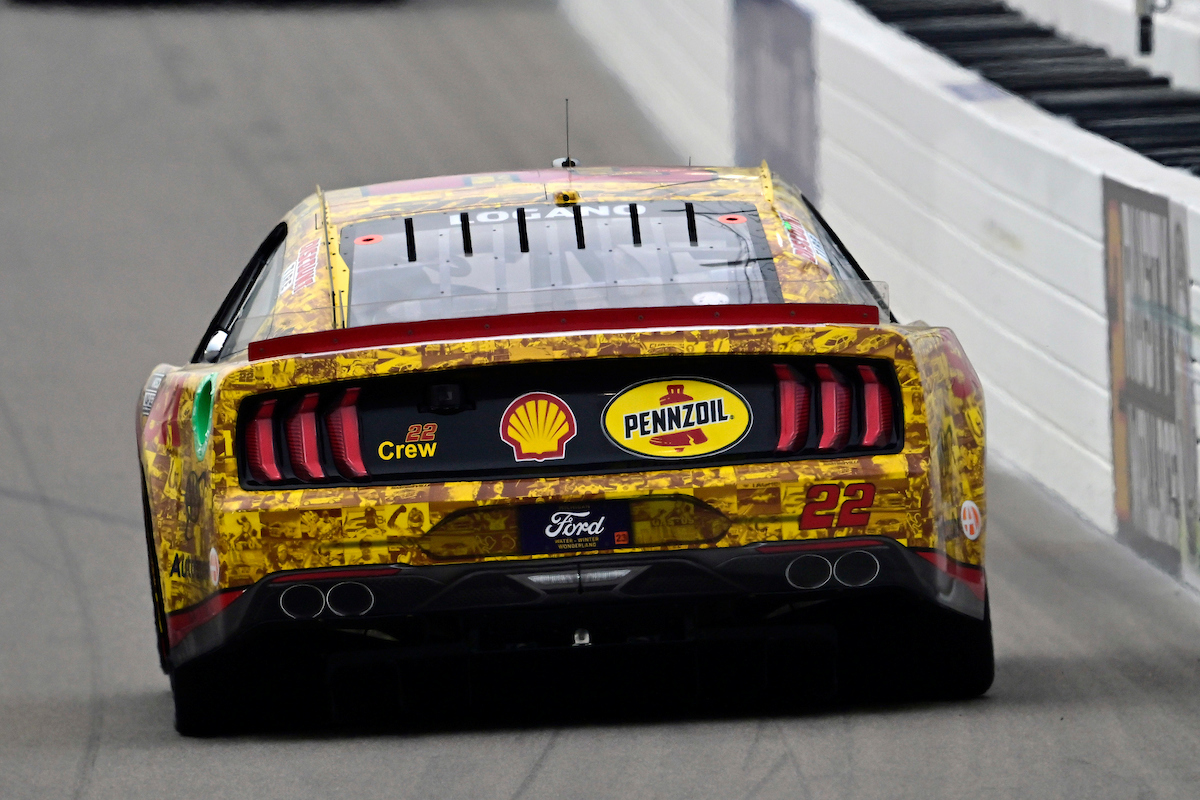How do you shift gears in NASCAR?


So, you’re curious about the mechanics of NASCAR, particularly how drivers manage to shift gears while racing at dizzying speeds?
In NASCAR, gear-shifting is a finely-tuned skill that involves syncing the engine RPM with the transmission, typically via a 4-speed manual gearbox, to maximize performance and speed.
In this article, we will delve into the intricate details of shifting gears in NASCAR. From the technology involved to the actual technique, you’ll understand why it’s an art form in the realm of motor sports.
Table of Contents
A Detailed Explanation on Gear-Shifting in NASCAR
The Mechanics of the Gearbox
In NASCAR, most race cars use a 4-speed manual gearbox, which is optimized for the specific demands of oval track racing. Unlike street cars with automatic transmissions, manual gearboxes require the driver to master the timing and technique of gear changes. The gears are often closely spaced, allowing drivers to maximize engine performance throughout the race.
The Role of Clutch and RPM
A crucial part of gear-shifting in NASCAR is the role of the clutch and engine RPM (Revolutions Per Minute). Drivers need to sync these elements perfectly to ensure a smooth transition between gears. However, some experienced drivers use a technique known as “clutchless shifting,” which requires matching the RPMs perfectly while shifting, thus eliminating the need for the clutch altogether.
The Importance of Timing
Timing is of the essence in NASCAR, especially when it comes to shifting gears. A driver can lose valuable seconds with a poorly-timed shift. This is where practice comes into play. Drivers often spend hours mastering the exact moments to upshift or downshift, depending on the track, to make the most of their car’s performance.
Real-World Techniques
In the real world of a NASCAR race, drivers adapt their gear-shifting techniques according to various factors like tire wear, fuel load, and track conditions. Some might use a higher gear to conserve fuel during a long stretch, while others may downshift aggressively to make the most of a corner.
Here’s everything else you need to know about gear-shifting in NASCAR, from related questions you might have to other crucial aspects of this high-speed sport.
Related Questions You Might Have Next
What’s the Role of Gear Ratios in NASCAR?
Understanding gear ratios is crucial for getting a complete picture of gear-shifting in NASCAR. A gear ratio represents the relationship between the number of teeth on two gears that are meshed together. Different tracks require different gear ratios to maximize a car’s performance. Drivers and teams often have to calculate the optimal gear ratio ahead of a race, considering factors like track length and curvature.
How Do Teams Fine-Tune Gearboxes?
Before any race, the pit crew fine-tunes the gearbox to ensure that it is in optimal condition for the specific track. This involves rigorous testing and sometimes replacing gears to find the optimal setup. For instance, at a short track, the team might opt for a gearbox that offers rapid acceleration, while at a longer track, they might aim for a setup that prioritizes top speed.
What Happens When Gear Shifting Goes Wrong?
While the process may seem straightforward, gear shifting is fraught with risks. A missed shift can lead to a blown engine or, at the very least, a significant loss in speed and position. Additionally, using the wrong gear can significantly wear down the engine and gearbox, leading to mechanical failures that can be catastrophic in a high-speed environment like NASCAR.
Related Topics to Know
The Physicality of Shifting Gears
Gear-shifting is not just a technical skill; it’s also a physically demanding activity. Imagine doing it multiple times during a race that can last several hours. Drivers need excellent hand-eye coordination and a keen sense of timing to shift gears smoothly and effectively.
Is Automatic Transmission Ever Used?
Although manual transmissions are standard in NASCAR, you might wonder if automatic transmissions ever make an appearance. The answer is rarely, if ever. Manual gearboxes offer drivers more control, which is crucial for the split-second decisions needed in high-speed racing.
Advanced Techniques: Double Clutching and Heel-Toe
Beyond the basic techniques, some drivers use more advanced gear-shifting methods like double clutching and heel-toe shifting. These techniques can offer better control but require a higher level of skill and practice to master.
How do you shift gears in NASCAR? – Final Thoughts
You’ve embarked on quite the journey learning about the intricacies of gear-shifting in NASCAR. From understanding the mechanics of a 4-speed manual gearbox to appreciating the role of clutch and RPM, you now have a more nuanced understanding of what goes into this high-speed sport. It’s not just about turning left; it’s about mastering a skill set that requires precision, timing, and a deep understanding of your vehicle’s performance capabilities. So the next time you watch a NASCAR race, you’ll have a whole new level of respect for what those drivers are doing every time they shift gears. Keep that passion for understanding the complexities of the sport alive, and who knows, maybe you’ll find yourself behind the wheel one day, executing perfect shifts on the track.
How do you shift gears in NASCAR? – Frequently Asked Questions
Is gear-shifting in NASCAR different from Formula 1?
Yes, NASCAR primarily uses a 4-speed manual gearbox designed for oval track racing, whereas Formula 1 uses a more complex semi-automatic, paddle-shifted gearbox.
Can gear-shifting be automated in NASCAR?
Technically, it’s possible, but NASCAR regulations require manual gearboxes to keep the skill level of drivers as an essential part of the competition.
What type of fuel do NASCAR cars use while considering gear ratios?
NASCAR vehicles use a lead-free, high-octane fuel, which teams take into account when calculating optimal gear ratios for a race.
Are there penalties for gear-shifting errors?
There are no specific penalties for gear-shifting errors, but mistakes can lead to mechanical failures or loss of position, which can be costly in a race.
How often do drivers shift gears in a typical NASCAR race?
The frequency of gear shifts varies depending on the track, but drivers may shift gears hundreds of times in a single race, particularly on road courses.
How do drivers practice gear-shifting?
Drivers often use simulators and actual on-track practice sessions to hone their gear-shifting skills. These practice runs help them get used to the car’s feel and the track’s specific demands.
What’s the typical RPM range for gear-shifting in NASCAR?
The typical RPM range for gear-shifting in NASCAR can be anywhere from 5,000 to 9,000 RPM, depending on various factors like the track and the car’s setup.
Can gear ratios be changed during a race?
Gear ratios are generally not changed during a race. The setup is decided before the race starts, and changing it would require substantial work, making it impractical during the competition.
Is clutchless shifting harmful to the car?
Clutchless shifting, when done correctly, is not harmful to the car. However, it does require precise timing and skill to execute correctly, or else it can cause mechanical damage.
Do all NASCAR drivers use the same gear-shifting techniques?
No, drivers may have their own unique techniques and preferences, often adapted to their driving style and the specific demands of the track.
By now, you should have a comprehensive understanding of how gear-shifting in NASCAR is far from a simple process. It’s an art form that combines technical know-how, timing, and physical prowess. Whether you’re a budding motor sports enthusiast or an aspiring driver, understanding these aspects can give you a new appreciation for the skill and expertise that go into every race. Happy racing!


